Investigating Foodborne Transmission of Salmonella Typhi and Contamination Sources
Kungu Erisa
Faculty of Pharmacy Kampala International University Uganda
Email: erisa.kungu@studwc.kiu.ac.ug
ABSTRACT
Salmonella enterica serovar Typhi (S. Typhi), the etiological agent of typhoid fever, is predominantly transmitted through the fecal-oral route, with contaminated food and water being major vehicles. While waterborne transmission has been well-documented, increasing evidence points to foodborne pathways playing a significant role in endemic and epidemic outbreaks, especially in low- and middle-income countries (LMICs). This review explores the mechanisms of foodborne S. Typhi transmission, identifies critical contamination points across the food supply chain, and evaluates epidemiological data from outbreaks. Key contamination sources include poor sanitation in food production, unhygienic food handling, improper storage, and cross-contamination in households and street food settings. Surveillance studies, molecular typing methods, and whole-genome sequencing have enhanced understanding of S. Typhi transmission dynamics, aiding in outbreak detection and source attribution. The review highlights the need for integrated food safety strategies, improved hygiene practices, and regulatory interventions to curb foodborne typhoid transmission and protect public health.
Keywords: Salmonella Typhi, typhoid fever, foodborne transmission, contamination sources, food safety, epidemiology, sanitation, street food
CITE AS: Kungu Erisa (2025). Investigating Foodborne Transmission of Salmonella Typhi and Contamination Sources. NEWPORT INTERNATIONAL JOURNAL OF PUBLIC HEALTH AND PHARMACY, 6(3):1-5. https://doi.org/10.59298/NIJPP/2025/631500
